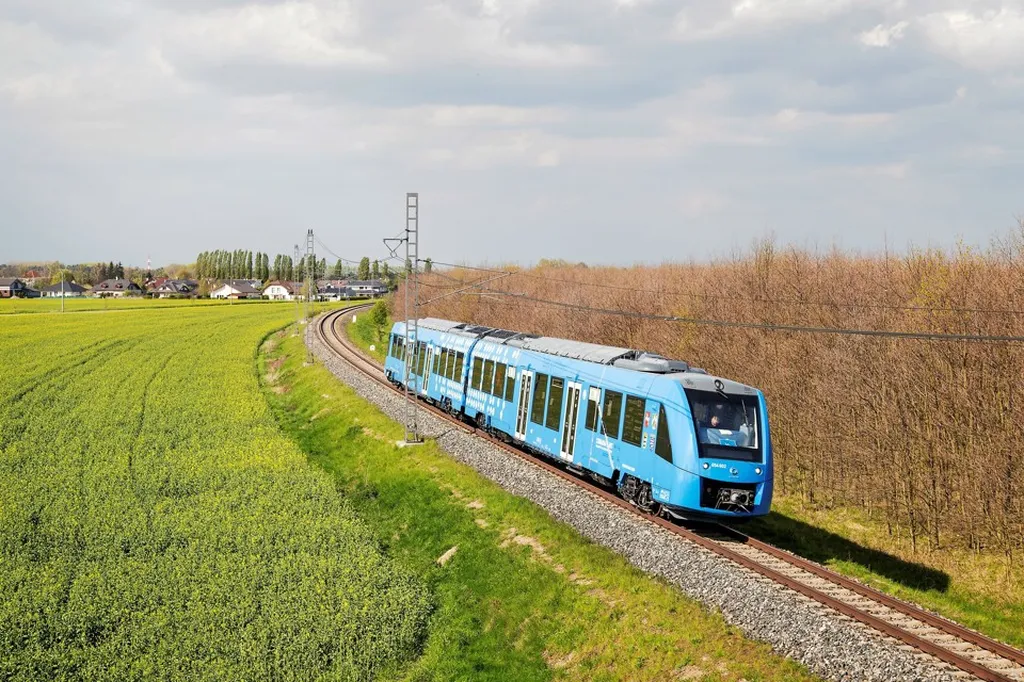In a significant stride towards enhancing the efficiency of railway systems, researchers have demonstrated that additive manufacturing, specifically Selective Laser Melting (SLM) technology, can substantially reduce the weight of dynamically loaded metallic components in railway vehicles. This breakthrough, led by U. Jurdeczka from Alstom Transport Deutschland GmbH, opens new avenues for lightweight construction in the railway industry, with potential ripple effects across the energy sector.
The study, published in the journal ‘Mechanik der Maschinen’ (Mechanical Sciences), focused on redesigning a dynamically loaded damper bracket typically made from mild steel. By leveraging SLM technology and a mild steel powder, the team achieved notable weight savings while maintaining the component’s strength and durability. “The mild steel powder we used, E185, met our expectations in terms of strength and ductility,” Jurdeczka noted, highlighting the material’s suitability for additive manufacturing processes.
The redesign process involved topologically optimizing the component using computer-aided design (CAD) tools. The new design was then validated through simulations using Ansys software and rigorous physical tests, including tensile, V-notch impact, and fatigue tests. The results were promising, with the redesigned part successfully passing all validation phases. “Both the simulation results and the physical tests confirmed the feasibility of our approach,” Jurdeczka stated, underscoring the robustness of the methodology.
One of the most compelling aspects of this research is its real-world application. A complete train consisting of nine cars was equipped with 16 pieces of the redesigned damper bracket and entered a validation phase. The successful implementation of this component not only demonstrates the practicality of additive manufacturing in the railway industry but also sets a precedent for the redesign of other components.
The implications of this research extend beyond the railway sector. In an era where energy efficiency and sustainability are paramount, the ability to reduce the weight of components without compromising their performance is a game-changer. Lighter components mean reduced energy consumption and lower emissions, aligning with global efforts to combat climate change. As Jurdeczka pointed out, “The described way of working for the approval process can be understood as an example for the redesign of other components,” suggesting that this methodology could be applied to various industries, including automotive and aerospace.
Moreover, the development of an Alstom standard for manufacturing and purchasing additive manufactured (AM) parts signifies a shift towards more widespread adoption of this technology. This standard will likely facilitate the integration of AM into mainstream production processes, further driving innovation and efficiency in the energy sector.
In conclusion, this research represents a significant step forward in the application of additive manufacturing technologies. By demonstrating the feasibility of redesigning dynamically loaded components for SLM technology, Jurdeczka and his team have paved the way for lighter, more efficient railway vehicles. The potential for energy savings and reduced emissions makes this research not just a technical achievement but also a crucial contribution to global sustainability efforts. As the railway industry continues to evolve, the insights gained from this study will undoubtedly shape future developments, inspiring further innovation and progress.

